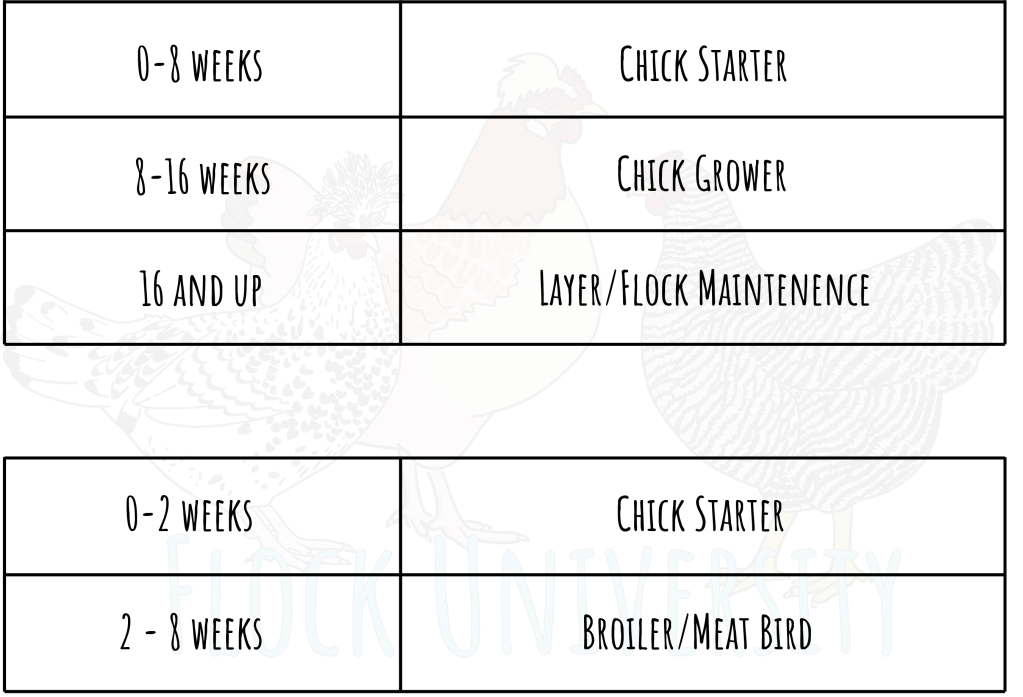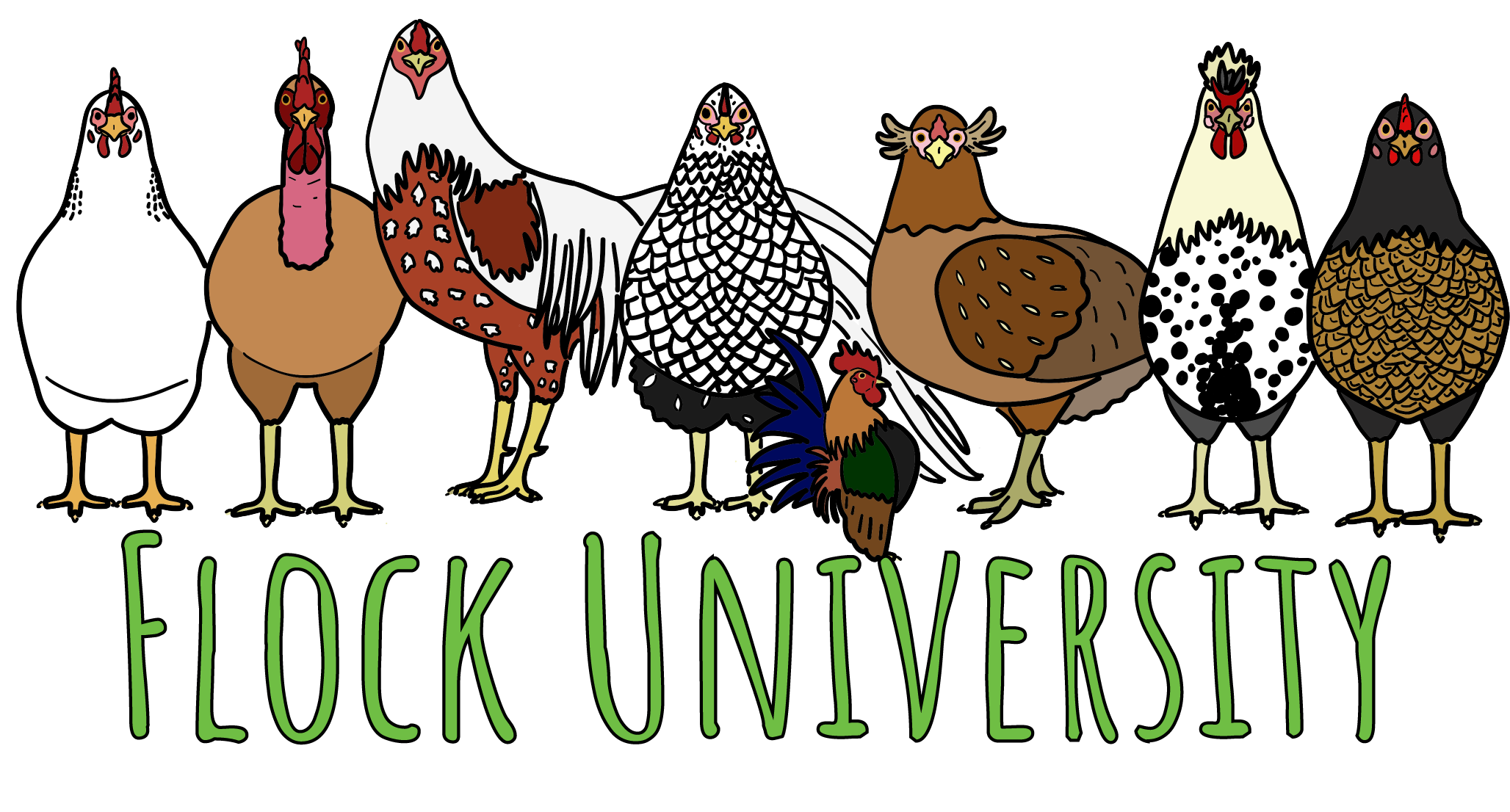Through my years of all the chicken social groups and pages (and forums, if I have to date myself), there are some things that never seem to change. This post is to clear the top 5 of those topics up and serve as a one-stop guide for the brand new chicken lover. Whether you’re embarking on this journey for the first time or looking to expand your flock, having a comprehensive resource to address common queries can be invaluable. With that in mind, let’s delve into the timeless topics that continue to pique the curiosity of poultry enthusiasts everywhere. Understanding the essentials of chicken care and addressing common concerns can help streamline the learning process and contribute to a more fulfilling and enjoyable chicken-raising experience.
#1 Hen or Roo?
You have seen it. The internet groups are flooded with “Please tell me Cleo isn’t a Theo” or “Is this a roo?” with attached picture of a bird that is clearly screaming, “I am male!” As a brand new, cul-de-sac raised chicken keeper, how do you know?
The answer is saddle and hackle feathers for most all breeds of chickens. These are called “sex feathers” and with males they are very different than females. People rely on the comb size, but it varies from breed to breed. That makes just looking at combs very unreliable. Sometimes females get nubs where spurs grow, also unreliable. However, sex feathers are reliable with the most notable exception: sebrights. All the other varieties and breeds you will encounter will be able to be sexed via the saddle and hackle feathers.

As you can see, there is a thin and pointy aspect to the saddle and hackle feathers of a male that you just don’t have with females. As a chicken is starting to grow out and mature, look for these feathers to know if you have a male or female.
#2 How Many Chickens Can I Have (in x amount of space)?
This question gets asked more in the late winter and spring when people have bought a premade coop or came across an old shed and want to pack as many chickens as possible in there. The issue is a quick internet search gives you a sq ft per bird ratio. That is a generalized answer and not the answer for every situation. The size of the bird matters, the breed matters, your climate matters as well. The scripted 4 sqft per bird is just a jumping off place.
Here are things that factor in to how much space you need per bird:
- Breed characteristics
- Climate
- Is there a run attached?
- Bantam or standard (LF)
- Do they get free range time?
For example, some breeds do well, if not better in confinement. Other breeds will not thrive at all in confinement. Chickens that are not thriving will not give you eggs like you could be getting. I will repeat this often: happy hens lay better. You should study the breed(s) you are looking into getting and really be honest about what you can give them and how many you can properly keep. Don’t let the keyboard warriors online make you feel less than if you only have 6 hens. Just because they claim to have 25 doesn’t mean their 25 are happy and healthy.
Some of the confinement loving breeds are silkies, brahmas, Delawares, white leghorn (not the other colors), and orpington to name just a few. Of course bantams need less space than standards. One standard large egg typically is 2 bantam eggs in a recipe, so don’t rule bantams out of your search.
Some breeds that will not do well at all in tight quarters are brown leghorns, Egyptian fayoumis, buttercups, and spitzhauben are some that love to range and forage. One thing you may not realized this list has incommon is they are all white egg layers. As a rule of thumb, white egg layers tend to be flightier and lighter than brown egg layers. Of course with everything, there are exceptions, but this is a good jumping off point if you are interested in eggs of a certain color.
Your climate comes into play because “confinement” in Houma, Louisiana is different than confinement in Anchorage, Alaska. If your birds are likely to be snowed in for weeks and months on end, you will want to make sure they have room to move but also not so much space they can’t stay warm. For that kind of extreme cold weather, I would advise finding local chicken clubs and picking their brains. On the other side of the coin, if you are in Houma, and your birds have to stay inside, you don’t want them so packed they can’t cool off.
As you can see, the general 4sqft per bird is not a perfect formula. When in doubt, seek the experienced people in breed clubs and local show groups. Those clubs and organizations tend to have a wealth of knowledge tailored to your specific situation.
#3 What Feed Do I Need?
It is understandable that someone who has never owned chickens would be overwhelmed by all the choices there are in feeds. I am trying to write this in a way that won’t overwhelm you as the point is to simplify the issue.
First off there is different stages of life, and each stage has different nutritional needs. There is (in chronological order) chick starter, chick grower, finisher, maintenance, and layer. As if that isn’t enough, what you are wanting from these birds also plays a role in what type of feed you need. There is layer feed, meat bird feed, and breeder feed.
For the most part, you will only find starter, maybe grower, and layer feed easily. I, personally, am located between 2 of the same major feed store chain locations (the one eith 3 letters) and both have different feeds. I have to go north for meat bird feed and duck. I say this so you know, not all branches of the same company are the same.
Here is a chart to help you determine what you need to feed and when:

#4 What breed is best for _____
This one is my personal favorite because 9 times out of 10 its posted on a social group that is heavily populated with newer and less experienced poultry people. You will get as many answers as there are blades of grass in your yard. Yes, absolutely some breeds are better in one aspect than other breeds. That is becoming less and less apparent. Why? Industrial farming and the rise of the hatchery, but that is a whole other rant, sorry… blog post, for another day.
When finding the right breed for you, it is very important to be honest about your space and climate. These two things will narrow down the list quite a bit. Way too often, people worry about what chickens look the cutest, lay the largest eggs, or worst – are the most desirable at the moment. These are horrible reasons to get a breed.
Check out my post about American Heritage breeds
Once you have your space and climate situation figured out and your list of breeds good for you is shorter, now it’s time to be honest about what you want from your chickens. Is it meat? Eggs? Cute pictures? Free-range”ability”? Some chickens are known to be more chill and friendly, other breeds are known to be fast and flighty. Some couldn’t survive in the wild if they had to and others would prefer it. Making a short list of birds right for your situation and then studying those breeds will go a long way in how happy you will be with your birds.
I started out doing just that. I studied every single breed that a few hatcheries had and quickly narrowed it down to American heritage breeds. I then thought about how I wanted a docile bird that would be good for meat and eggs (though, it honestly took me many years to be able to butcher) and I wanted them to range well. For me, my first choice was Delawares. They do well in our Tennessee climate, lay huge brown eggs, were made for the table, and friendly to boot. To this day, I still love them. Wonderful bird when from quality stock.
Which brings me to my last point on this: if quality and consistency matter to you, find a good breeder (and not everyone who claims to be a breeder is a breeder). Hatcheries do not sell high quality stock. Go to a poultry show, look at all the birds, take notes who has the best looking of the breeds you are leaning towards and contact them. There is usually a breeder list you can get so you can contact people about buying stock. These birds’ characteristics will be very predictable. The feed store bins and hatcheries they came from – not as much. You will find hatchery stock to be very skinny and flat chested too. Something to take seriously if you have the slightest inkling to eating your birds.
#5 Is this poop normal?
Chances are yes.
While feces is a good way to monitor the health of anything or anyone, there is a lot of variation is “ok” or “normal” chicken poop. It can be more green or more light brown. It can be runny or solid.
If a chicken poops watery poop for more than a day, it might simply be getting picked on and unable to get to the feeder. If that is not that case, check on the crop, is it always enlarged? If so, you need a vet because that is a symptom of a sour or impacted crop.
If you have blood in your chicken’s stool, it could be worms or coccidia. For worms, I would use ivermectin pour on. For coccidia I would use Corid. Unlike the runny stool, if you see blood; act. There is no instance where that is just normal.
Lots of the time when people post these questions, it is absolutely “ok” poop. The problem is, again, there is a lot of nervous nellies making little things seem huge for whatever the reason. Just like human poo changes depending on our daily intake, so will chicken’s poo.
Side note and bonus info: If you have a chicken (usually hens) with a nasty rear end that is matted and wet with a white tinge to it. That is gleet. The first step is stop feeding anything but the layer or maintenance feed you supply them. No more scraps or scratch or corn or “sweets” for a bit. This usually clears it up. If that doesn’t in a week or so, you can apply monistat to the bird’s rear. It helps correct the pH, but as you can imagine, that isn’t pleasant for anyone involved. What it is not is prolapse or eggbound. Trying to “solve” those issues when they are not the issue is cruel and possibly deadly for your bird. Those are seperate issues and not even close to the same thing.
Chicken keeping is not as hard as many social groups make it seem. It is fine to ask your questions there but keep in mind who is answering you. If they haven’t had chickens for years and years they probably are just repeating the info they read in a post the day before. Seek out articles and books and vet services when needed. Starting with a good foundation of knowledge and doing things right from the start is really your best situation. If you are finding yourself re-building coops and rehoming a breed that isn’t good for you, it’s ok. Don’t beat yourself up. :, but lets all learn from it and do better and better.
Stacy Tate
Let’s talk about it:

Leave a comment